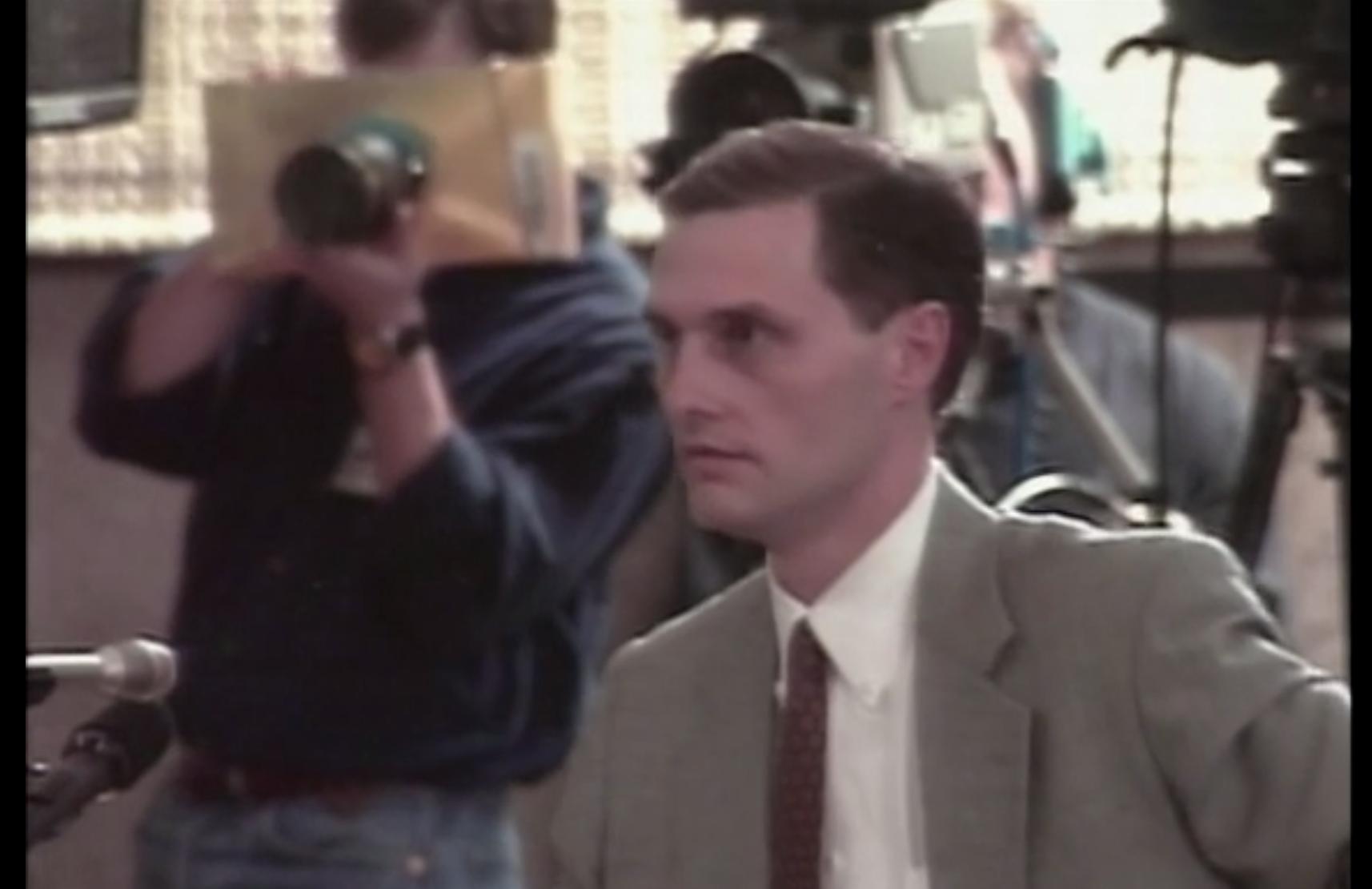This is largely a historical artifact. Older cameras not only had noticeable shutter sounds, but also an annoying ratcheting sound as the film was advanced, and due to poor low light ability they often required flash bulbs - which were not only visually distracting but in very old days filled the room with smoke.
Film movie cameras used film canisters that were very noisy to change, and couldn't record a full session without a change or two.
These noises, flashes, and occasional clattering were deemed too distracting to the trial participants and not suitable for the decorum audience members are expected to meet when the court is in session. This led to a rise in quick sketch artists and the prevalence of courtroom sketches.
Over the years visual news media have sued for greater access in the court, complaining that the reporters who didn't use cameras were freely admitted while those who did use cameras were restricted. As camera technology evolved cameras became quieter, and performed better in low light. The reporters were able to show that their equipment, properly enclosed in camera blimps to reduce the last bit of noise, with the flash disabled, did not distract participants in the case nor detract from the decorum expected in court.
Even though today's cameras are much quieter than older cameras in blimps, many courtrooms still don't allow photographers without special permission from the judge, and when they do they still often require a blimp to reduce the noise to almost indetectable.
Further they keep the photographers out of the line of sight of the jury as much as possible, and judges do not hesitate to remove those from court who appear to be distracting to any of the participants.
With live view, the shutter sound can be completely eliminated, and so you will find some reporters admitted without the use of camera blimps, but blimps are still common, particularly among those photographers who prefer the through the lens view, and full frame sensor cameras with larger mirrors that generally create more noise, but in some cases produce better high resolution images.



